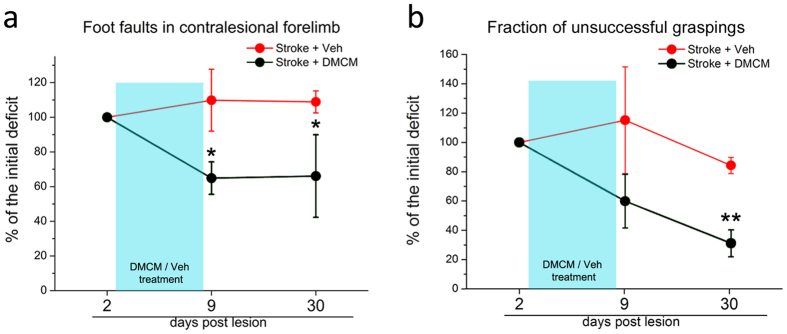Figure 7. Long-lasting improvements in general motor outcome following DMCM treatment in stroke mice.
Data are shown as percentage of the initial deficit, i.e. the difference in the fraction of foot faults/incorrect graspings between day 2 and baseline. Then, performances at day 9 and 30 have been normalized as a percentage of the initial deficit. Statistical analysis was performed on raw data and differences refer to day 2. (a) The number of foot faults in the gridwalk task decreases immediately after DMCM treatment and persists up to 30 days (two way RM ANOVA followed by Tukey test, p < 0.05; n = 10). Conversely, no significant improvements are detected in controls (p > 0.87; n = 3). (b) Performance in the single-pellet retrieval task. The fraction of incorrect graspings decreases after DMCM treatment, which rescues approximately 70% of the initial deficit 30 days post lesion (two way RM ANOVA, followed by Tukey test, p < 0.01). Data are mean ± SE.*p < 0.05; **p < 0.01.

